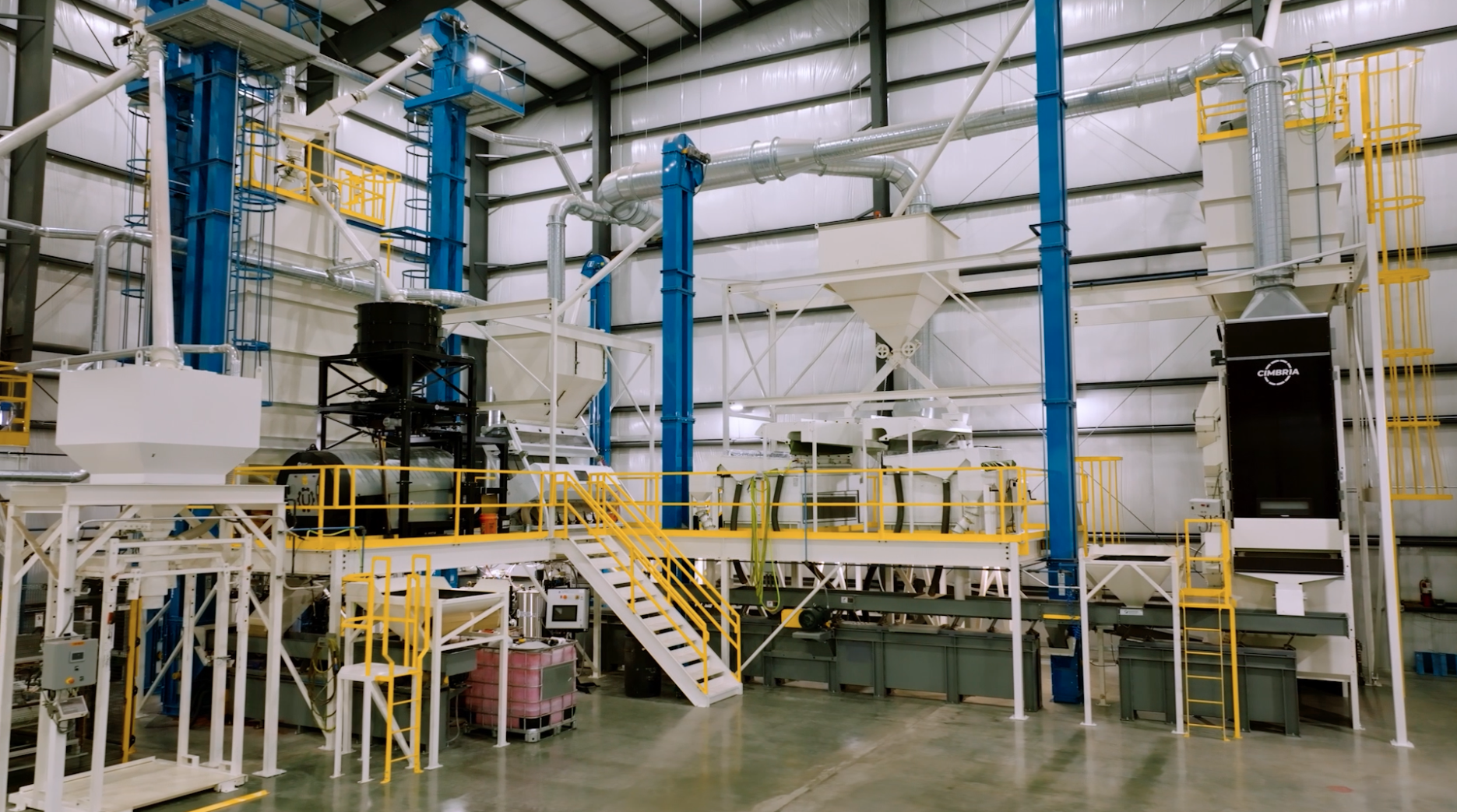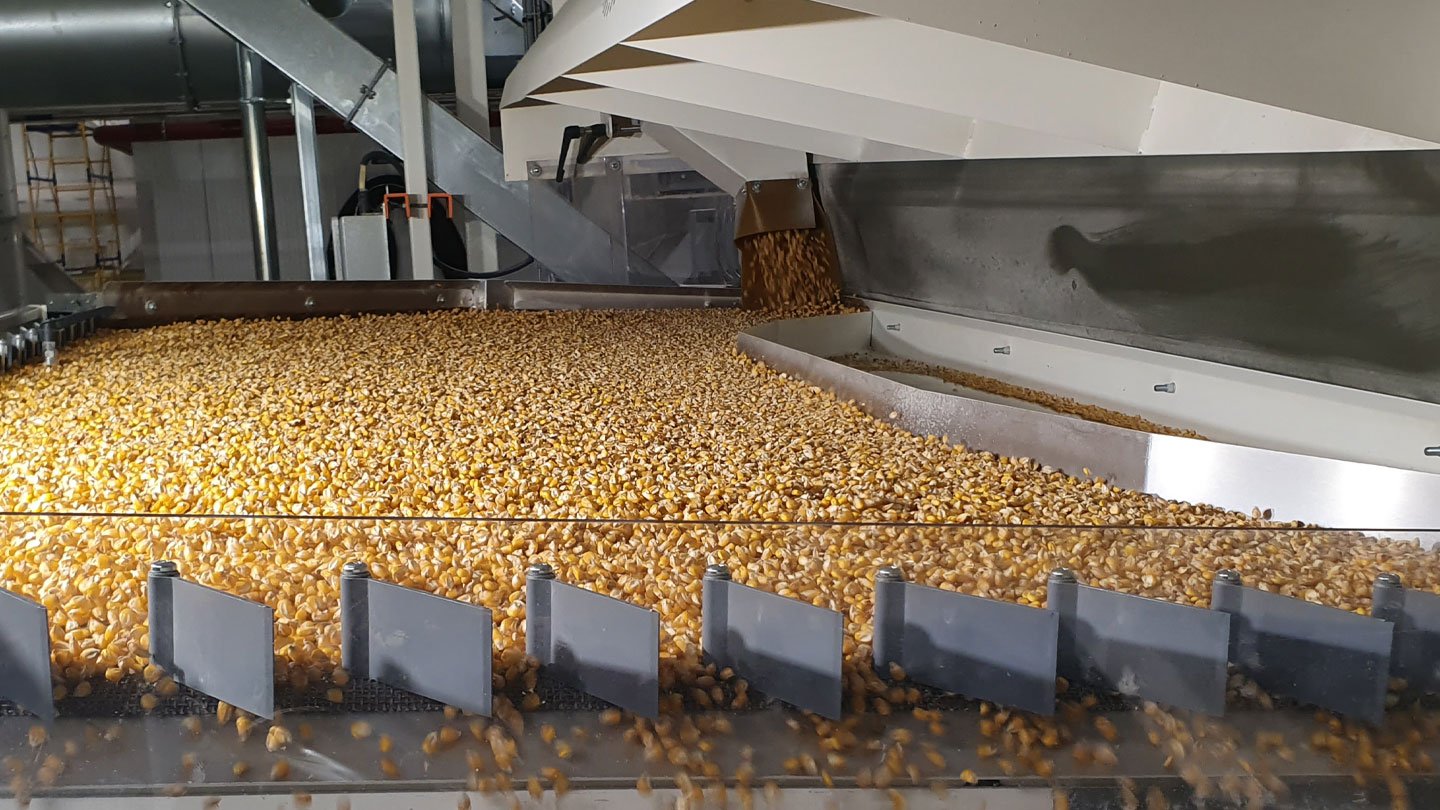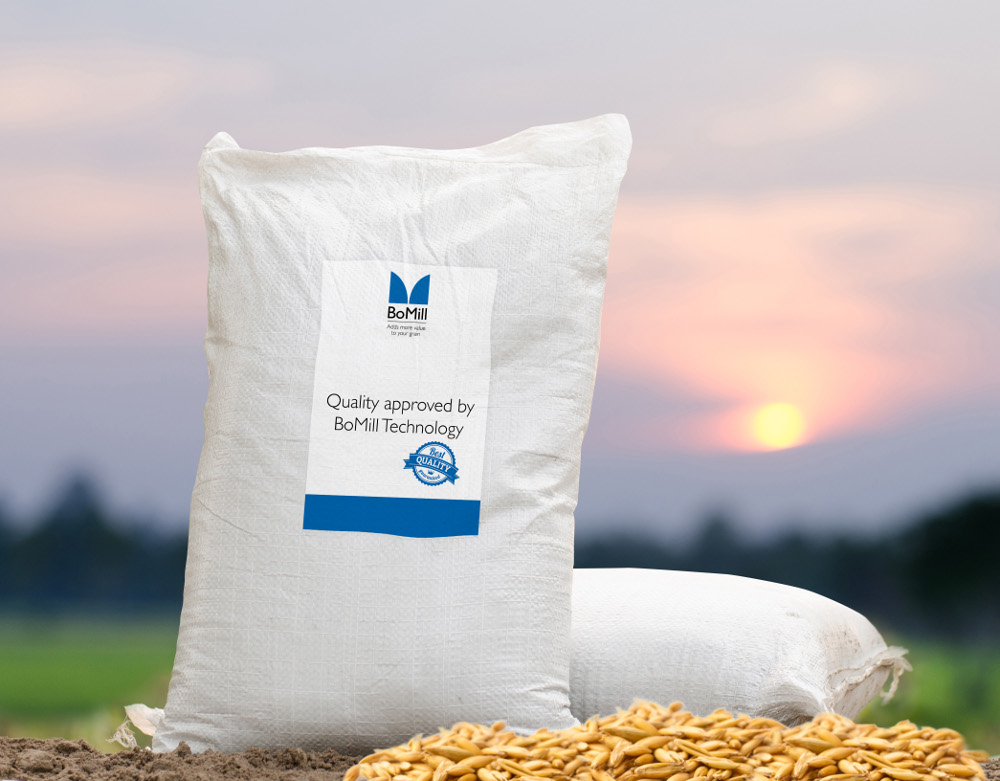Exploring Seed Treating Equipment and Processes

Seed treatment is a cornerstone of modern agriculture. It enhances crop productivity, ensuring farmers get the most out of every seed. By leveraging seed treatment solutions and state-of-the-art seed conditioning systems, farmers can achieve superior yields and crop performance. From improving germination rates to protecting seeds from diseases and pests, proper seed handling and treatment are essential, but what does seed treating entail and how does it shape agricultural success? Let’s explore the processes, equipment, and innovations that make it possible.
Seed Treatment Process
Seed treating is a meticulous process designed to prepare seeds for optimal performance in the field. It emphasizes efficient seed treatment and ensures high quality seed preparation for modern agricultural demands.
Each stage of the treatment process is critical to preserving the seed’s quality and viability:
- Receiving—Seeds are carefully received and inspected to ensure quality before entering the system.
- Storage—Proper storage conditions are maintained to prevent degradation, with controlled environments to safeguard seed integrity.
- Drying—Seeds are dried to an appropriate moisture level, reducing the risk of spoiling and ensuring compatibility with subsequent treatments.
- Conveyance—Gentle handling through conveyors minimizes damage and preserves seed quality.
- Cleaning—High capacity and precision cleaners remove impurities, ensuring only the best seeds move forward.
- Sorting—Advanced sorting technologies, including color and density sorting, separate seeds based on size, weight, and other parameters.
- Treating—Seeds are coated with treatments like fungicides, insecticides, or biological agents to enhance protection and performance.
- Packaging—Treated seeds are securely packaged, ready for distribution and planting.
Each step is vital in delivering high quality seeds that meet the rigorous demands of modern agriculture.
Essential Seed Conditioning Systems
State-of-the-art seed processing equipment plays a pivotal role in executing each stage effectively and efficiently. Key components include high capacity cleaners, color sorters, density separators, and more.
High Capacity Cleaners
High capacity cleaners prepare seeds by removing foreign materials like rocks, dirt, and broken seeds. They ensure that the seeds are free from contaminants, which can impact germination rates and overall crop health. By streamlining the cleaning process, these machines help to improve the quality of seeds for planting, reducing the risk of disease and ensuring a higher yield.
Precision Cleaners
Precision cleaners go a step further than high capacity cleaners by providing a more meticulous cleaning process. They use advanced screening technologies to separate seeds based on size and shape. This fine-tuned approach enhances seed purity and uniformity, which is critical for optimal growth and crop performance.
Color Sorters
Color sorters use optical sensors to detect and separate seeds based on color difference, which may indicate variations in seed health or maturity. This advanced sorting technology enhances seed quality by isolating seeds that don’t meet desired standards, making sure only the healthiest viable seeds are used for planting.
Density Separators
Density separators, otherwise known as gravity separators, utilize the differences in seed weight to separate light and heavy seeds. This helps remove any underdeveloped seeds, which might fail to germinate or produce poor crops.
Seed Treaters & Coaters
Seed treaters and coaters apply protective treatments such as fungicides, insecticides, and other chemicals to seeds to safeguard them from pests and diseases during early growth. This enhances seed health and resistance to external threats, promoting healthier plant development.
Drying Systems
Drying systems are crucial in managing seed moisture levels. Proper drying prevents the growth of mold, rot, and other issues caused by excessive moisture. This ensures that seeds remain viable and can be stored for long periods of time without quality degradation.
Sizing and Length Graders
Just as the name suggests, sizing and length graders sort seeds based on their size and length. This is essential for uniform planting and growth. By optimizing seed spacing in the field, operations can better allocate water, nutrients, and sunlight for more consistent crop development.
While some functions of this equipment seem to overlap, each piece brings unique capabilities that contribute to the overall efficiency and effectiveness of the seed treating process. Together, they ensure that seeds are prepared to meet the highest standards for quality, helping to maximize agricultural productivity.
Technology and Innovation in Seed Processing
Modern seed treating is a technology-driven field. Advances in automation in seed processing and precision engineering have transformed the industry, offering significant benefits:
- Efficiency—Automated systems streamline processes, reducing labor costs and increasing throughput.
- Sustainability—New technologies focus on minimizing waste and improving energy efficiency.
- Precision—Advanced machinery ensures uniform treatments, boosting seed performance and consistency.
Technological innovations, like real-time monitoring and data analytics, allow operators to fine-tune processes to ensure optimal results with every batch.
Crop-Specific Considerations
Different crops demand tailored approaches to seed treating. For example,
- Corn seed treatment equipment ensures robust cleaning and uniform coating for high value crops.
- Soybean seed preparation emphasizes gentle handling and precision treatment to avoid damage.
- Wheat needs specialized grading and sorting to ensure uniform germination.
By using crop-specific equipment and techniques, producers can maximize seed potential across diverse agricultural applications.
Best Practices and Recommendations
These essential seed treating tips can help you get the most from your systems.
Optimize Techniques
Implementing proven seed treating techniques helps enhance seed performance. Select appropriate treatments for each specific crop to ensure uniform application, and adhere to recommended dosage levels for protection and performance.
Maintain Equipment
Regular maintenance of seed treating equipment is absolutely essential for consistent performance and reliability. Cleaning and inspecting machinery on a regular basis reduces the risk of breakdowns and ensures all systems operate at peak efficiency.
Invest in Modern Systems
Outdated equipment can be dangerous and impact seed quality. Investing in modern seed treating systems, including precision machinery and automated processes, boosts productivity, reduces waste, and improves overall outcomes.
Design for Flexibility
Systems should be adaptable to accommodate changes in seed types, treatments, and other operational needs. This flexibility minimizes downtime and maximizes throughput. This ensures your operations remain efficient, regardless of variations in demand.
Partner with Experts
Collaborating with a professional can help you design the best seed treating system for your operation. Experts like Bratney ensure access to cutting-edge solutions that are tailored to your specific needs. This type of expertise in innovative seed treating technologies helps to optimize processes and ensure superior crop performance.
Implement Quality Control Measures
Establishing strict quality control procedures at each stage of seed treating helps maintain seed integrity. For receiving and cleaning to sorting and treating, keeping standards high at every step reduces the risk of poor quality seeds reaching the market.
By following these best practices, seed treating operations can enhance efficiency, reduce costs, and deliver high performing seeds that meet the rigorous demands of modern agriculture.
Boost Your Seed Treating Processes
Seed treating is an indispensable part of modern agriculture. Advanced equipment plays a heavy role in maximizing productivity, and innovative seed processing technology can help you meet the evolving demands of the industry. Investing in cutting-edge equipment and adhering to best practices help to ensure optimal results, making your seed treating process a powerful tool for agricultural success.
Bratney’s commitment to delivering innovative solutions, high quality equipment, and superior customer service makes us a powerful partner in today’s agricultural industry. Learn more about how our integrated seed treatment solutions can transform your operations.


